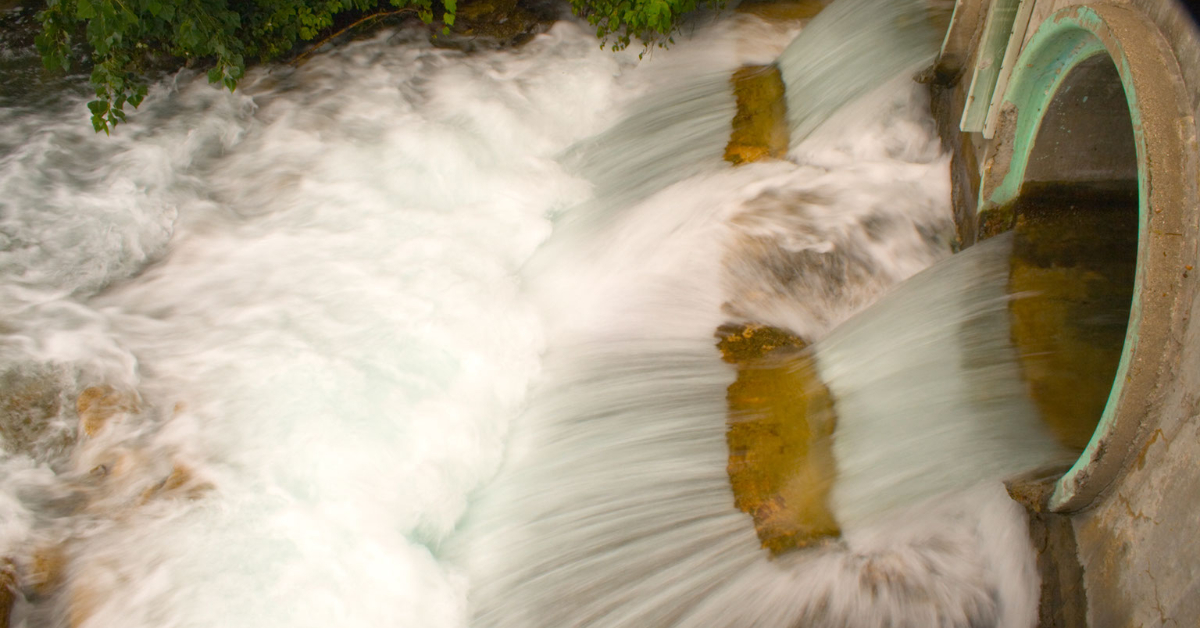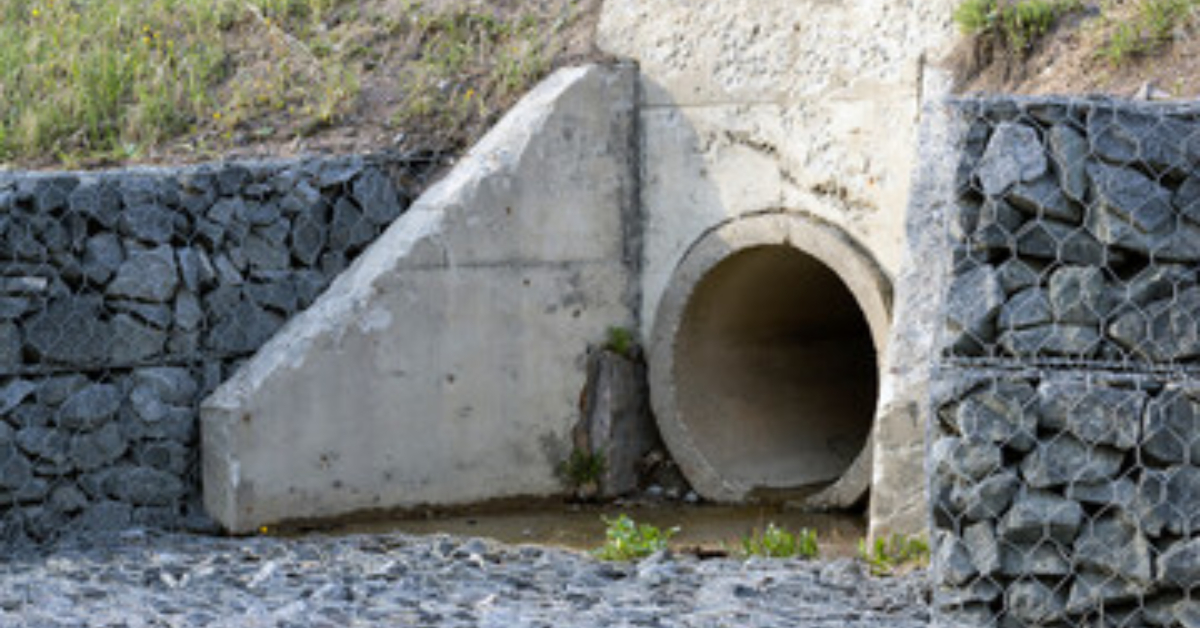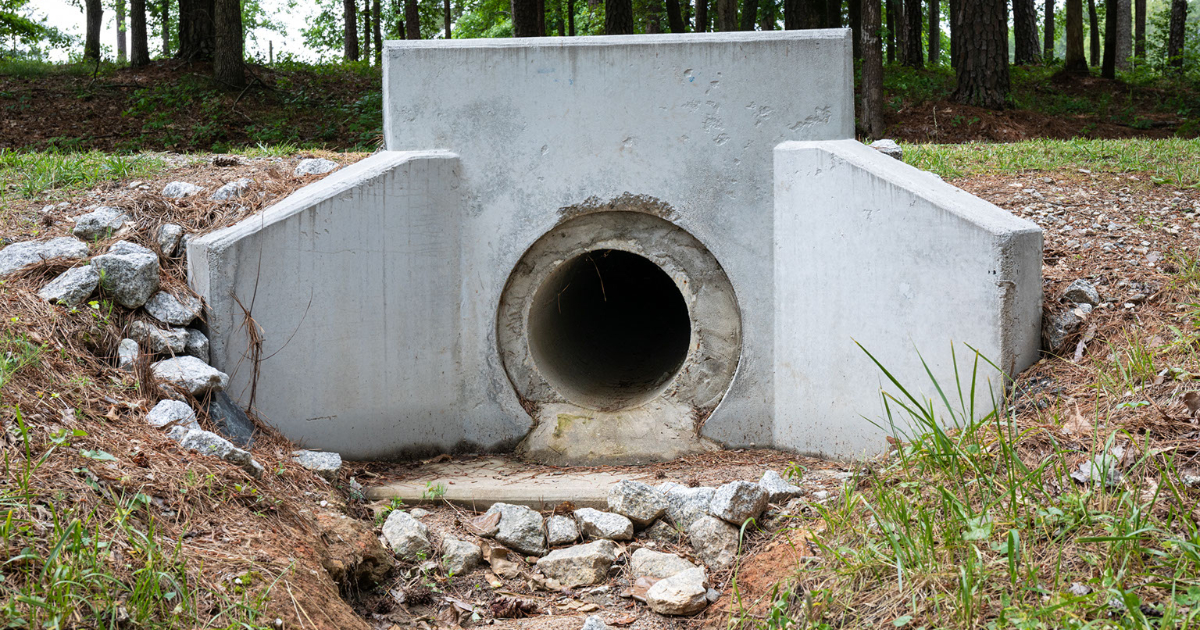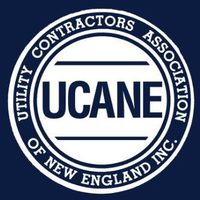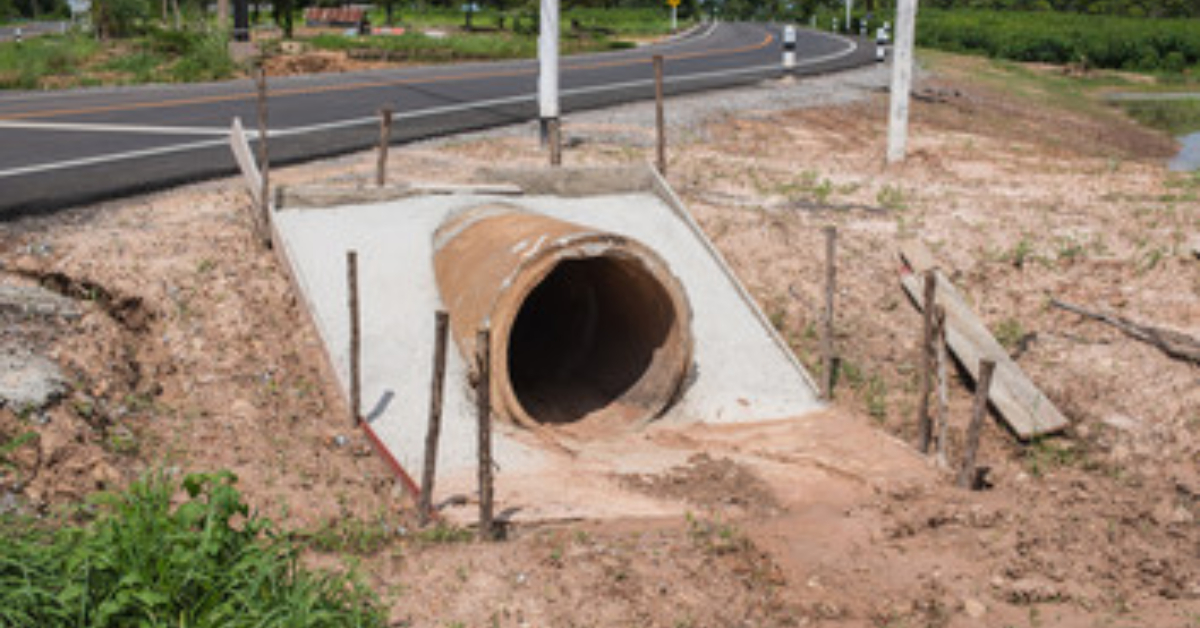
We’re going to talk about the basics of culvert maintenance in this article, but first you need to learn a bit about culverts. So, what is a culvert? In essence, it is a tunnel-like structure that is built under roadways and railways in order to provide cross drainage of water from one side to the other side. Basically, they are used to prevent water from flooding and or washing away the roadways and railways and surrounding areas. Culverts are either buried in the ground or enclosed by soil. They are basically like large pipes that are made with concrete, steel plastic, or high-density polyethylene.
If a culvert is located on your property then you are responsible for it. That includes maintenance. Speaking of which, culvert maintenance involves a combination of experience and skills. That means you should not be maintaining them on your own. You need to hire a company that has an intimate knowledge regarding the materials that your culvert is constructed with. The culvert maintenance technician should also have a comprehensive understanding of both the design and installation criteria of the culvert that he or she is maintaining.
Culvert maintenance may very well present hazards to the person who’s conducting the inspection. That means a great deal of safety precautions are needed in order to protect the technician. Culverts are usually located below significant fill embankments and gaining access may expose technicians to many physical hazards including tripping and falling. Additionally, attention to confined space risks is required. Culverts should only be maintained during periods of low water flow and when conditions are safe to enter.
Ideally, technicians should work in teams. Attention to all applicable state, local, and any other governing agency safety regulations (particularly the provisions of OSHA pertaining to entering confined spaces), combined with common sense, is necessary. Nobody should ever enter into a culvert with questionable structural integrity or under conditions where rapid and sudden increases in water flow are likely. Once again, do not attempt any maintenance related tasks on culverts that you are responsible for.
Proper culvert maintenance must also consider the history of the structure in question. All culverts should be assessed as to their potential for risk and a regular maintenance schedule should be established. It is highly suggested that culverts be maintained at least once per year, following periods of high flow and extreme storm events, and/or whenever significant changes occur.
If you have any questions about our culvert maintenance services, or would like to schedule an appointment we are happy to help. Please contact us today! Jolin Paving & Excavating, Inc. is your New England connection for a vast variety of environmentally related services. Our company has been serving Boston Massachusetts, Southern NH, VT & ME as well as Northern CT & RI since 1952. Please Contact us to learn more today.
Environmental related issues occur all of the time, and can strike at any time. That is exactly why you need to have a local and reliable environmental services company at the helm and ready to go whenever you actually need them.
continue reading

